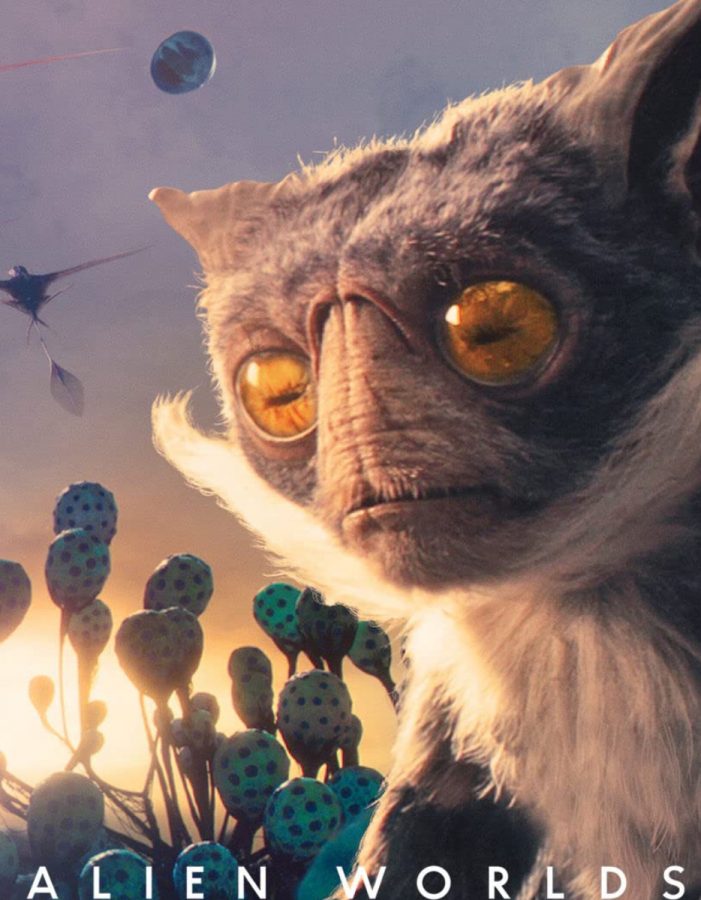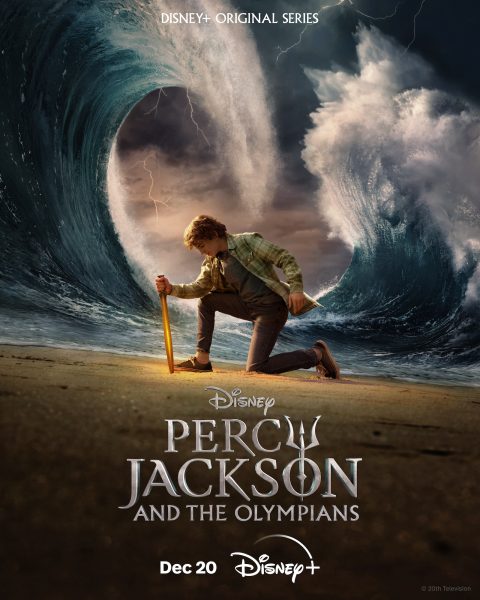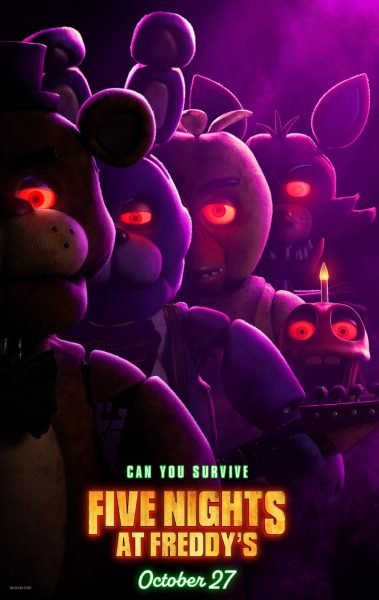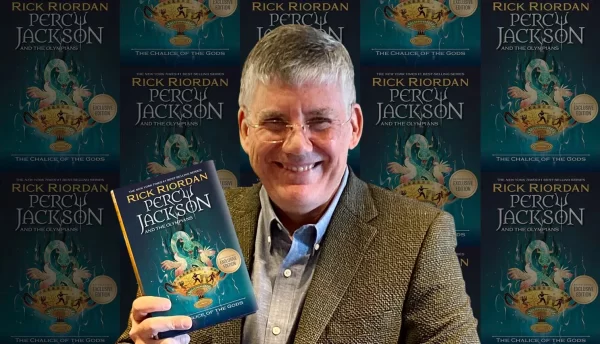“Alien Worlds” tries something different
January 3, 2021
Ever since the first exoplanet was discovered in 1992, around 4000 have been documented across the visible universe. Scientists today have gained a greater understanding of these distant worlds by analyzing the light that reaches our planet. Moreover, the scientific principles known on Earth can be utilized as a foundation of numerous speculations. Netflix’s 4-part miniseries, “Alien Worlds”, takes a deep dive into the subject of astrobiology. By using advanced cgi, this docufiction is able to capture a piece of the universe’s infinite possibilities.
Beginning with a narration provided by Sophie Okonedo, this short series chose four planets: Atlas, Janus, Eden, and Terra. With a unique set of evolutionary pressures, these exoplanets could yield vastly different life forms. It can be difficult for humans to imagine what that alien life might look like. However, our blue planet has proven to hold many answers. In “Alien Worlds”, scientists examine Earth’s organisms to gain a better understanding of life’s limits. The adaptations seen here can provide clues for biologists to conjecture about what aliens might look like.
In the first episode of this series, the viewer is taken to Atlas. This planet is depicted with a crisp animation of “sky grazers” tearing through a thick atmosphere. Operating a set of gliders tailored for this environment, they are able to stay in the sky indefinitely. In the second part, Janus is revealed to be a world split by two extremes. This tidally locked planet forces “pentapods” to scavenge in the wasteland like ants. In contrast, the third episode features the planet Eden. This planet is coated with an energetic and competitive world of excess energy. The creatures here live within a dense jungle of complex food chains. Finally, in the fourth episode, the series pictures a hyper advanced civilization on the desolate world of Terra.
None of these planets actually exist. However, the narrator describes these fictional landscapes as if they were real. The show seems to be mimicking the narration of documentaries like Planet-Earth. This approach successfully immerses viewers in these alien worlds. Unfortunately, this realism is cut short by the unrealistic or creepy designs of the aliens. Perhaps some people might find more value in the informative clips about planet Earth.
The creatures are meant to be an extension of real-life adaptations seen on Earth. Although it might feel silly for some, the fact remains that it’s a highly informative piece. It’s a miniseries that provides viewers with a quick preview of the information gathered about our planet and the universe beyond it.














